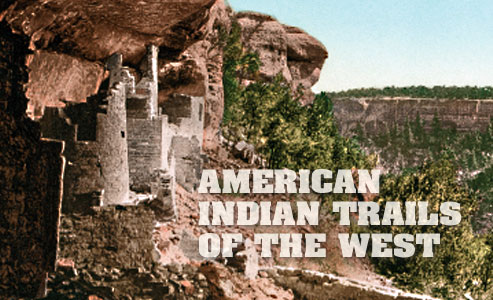Oklahoma’s Trail of Tears
The history of the state’s Indian Nations is celebrated at world-class tribal centers.
The state of Oklahoma, with its 39 federally recognized tribes, is rich in Native history and culture. Following the Indian Removal Act of 1830, Oklahoma Indian Territory was the destination of many exiled tribes—often as prisoners-of-war— from their native lands located elsewhere in a budding United States.
The Cherokee homeland in the 1700s occupied some 80 million acres in parts of eight present-day states. Today the Cherokee Heritage Center, located in Tahlequah, Oklahoma, features the Trail of Tears Exhibit, the story of the Cherokees’ forced removal in 1838 to Oklahoma Indian Territory.
Most spectacular is the Diligwa Village, a replica of a complete 1700s Cherokee village. “This is where people experience Cherokee life, not just look at it, “ says Education Director Tonia Weavel. “You see, touch and smell the early Cherokee lifestyle.”
The Chickasaw Cultural Center in Sulphur, Oklahoma, has its Chikasha Inchokka Village where a traditional community, before the exile to Oklahoma Indian Territory, comes to life with interactive activities and cultural demonstrations.
The world-renowned Gilcrease Museum in Tulsa is not to be missed. The Gilcrease houses the largest collection of Western American art ever assembled, more than 10,000 works. The anthropology collection includes over 250,000 objects from throughout U.S. Native cultures—a true treasure trove. After the Gilcrease, a trip to Oklahoma City and a tour of the National Cowboy & Western Heritage Museum’s Native American galleries will have you planning your next trip back to the Sooner State and another tour of tribal cultural sites.






